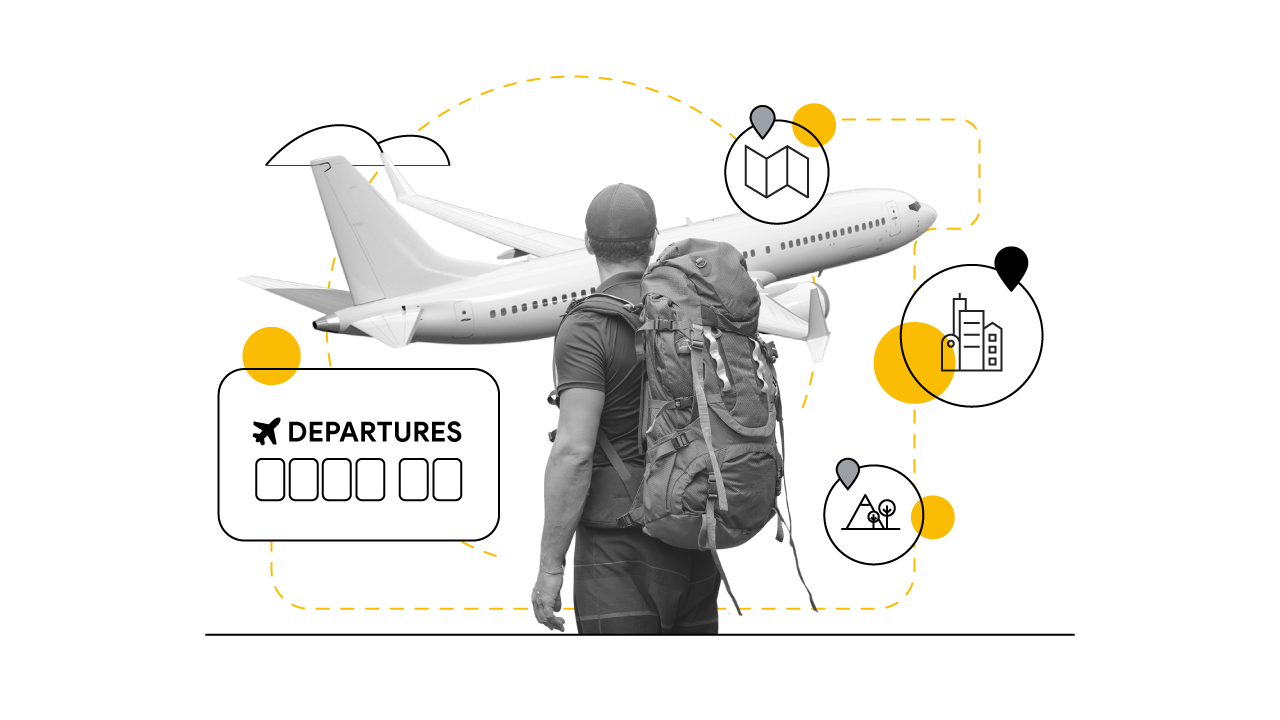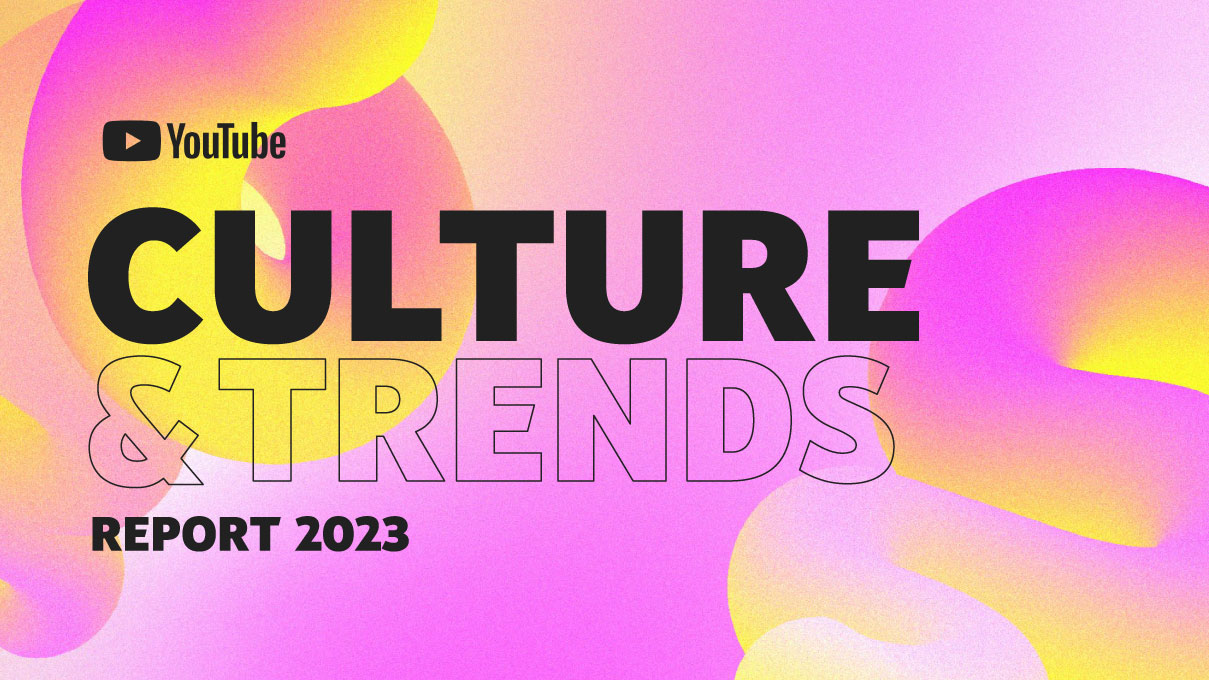Mobile experience, online video, digital transformation, partnerships, chatbots, and omni-channel are just some of the topics that will be trending in the next 12 months. What other industry disruptions and developments will impact on digital marketing strategies in EMEA in 2019? We spoke to experts across the region to find out.
Multi-channel will grow into omni-channel
How does one differ from the other? Instead of developing a multitude of separate marketing channels, omni-channel is about a systematic approach. Its goal is to create a unified communication system. Online resources, social networks, and mobile applications work in conjunction, “picking up” the consumer in time and making their interaction with the brand smooth and continuous.
For example, the loyalty programme in Starbucks is based on customer cards to which its profile and account is linked. You can check and replenish them from your smartphone or desktop, on the website, in a mobile application or directly in a coffee shop. When ordering through the application, special algorithms calculate the travel time to the nearest coffee shop so that the drink is prepared for the arrival of the user. At the same time you can choose what kind of music will play inside by putting a song in the Starbucks playlist.
The importance of the mobile experience
Users’ expectations for faster and better digital experiences are on the rise and the mobile web is no exception. If you want to offer an omni-channel journey to your customers, both platforms should complement each other and create a friction-free mobile shopping experience across apps and sites. Even minor delays can lead to the loss of a client: 53% of people leave the site if a download takes longer than 3 seconds.
Faster landing pages typically lead to more conversions, and Accelerated Mobile Pages (AMP) allows you to create pages that load quickly. You can see how well your mobile product works by using the Test my Site tool, and by taking advantage of AMP in your 2019 digital marketing plans.
“In addition to the importance of speed, providing revolutionary solutions to improving experiences on the mobile web is also going to be the key challenge next year,” says Think with Google Turkey Editor, Zeynep İyigün. “At this point, Progressive Web Apps (PWA) offers a solution by employing modern technology to deliver native app-like experiences on the web. In 2019, brands empowering their users with investments in mobile platforms are going to win.”
Online video to take over from TV screens
In 2019, users will spend more time online for the first time than in front of TV screens. Much of this time they will spend watching online video. By 2020 the average online viewing time in the world will reach 84 minutes.
And if the television advertising market begins to stagnate, then the total global budget for the production of online video advertising will grow by 17% annually. According to Yahoo, live online broadcasts overtake all other online video trends in terms of annual growth.
A variety of formats (reports, video blogs, interviews, discussions) makes it easy to adapt such content to almost any audience. The lack of processing and installation reduces the distance between the brand and users, and most importantly, meets the request for accuracy and authenticity.
Voice services will boom
According to NPD Group, by the end of 2019, sales of smart speakers will grow by 50%, and the market will reach $2.7B. Marketing tools will be integrated with voice services: there will be many applications for voice shopping, from ordering food to receiving news.
H&M Home has already launched an application that works in conjunction with Google Assistant. It gives advice on the design of rooms in different styles and helps to find suitable products in the company catalogue. In the Domino's Pizzeria app, Google’s voice assistant remembers the user's last choice and can repeat it itself – this helps speed up the order.
Meanwhile, fashion retailer Asos and retail chain Argos launched online services for reserving goods using the Google Home smart speaker or a voice assistant on a smartphone.
Partnership, a catalyst for growth in retail
When retail changes at the pace of technology and digitalization, it is essential to innovate and look for the next business opportunity. One way to do it is through partnerships.
According to OC&C Strategy Consultants, retailers’ biggest challenge comes from the rapid expansion of retail platforms. Amazon, Alibaba, eBay, JD.com, and Zalando now capture most of the growth and elevate customers’ perceptions of what good looks like. And their technological investments ($16B per year for Amazon, $5B for Alibaba) are such that 60% of e-commerce could come from retail platforms by 20251.
Of course, not all retailers can invest massively in data or personalization technologies. Partnering can provide access to talent, technology, investments, and enable retailers to move at a pace that would not be possible alone. It is a win-win approach for higher outcomes.
Breakthrough chatbots
Bots are also increasingly used in all types of interactions between brands and potential customers. According to Gartner, by 2020 85% of such interactions will occur without human participation.
So far, the development of the trend is being hampered due to the conservation of users: according to Statista polls, only 34% of respondents prefer chatbots to traditional channels of communication with online retailers. But their opinion may change with the advent of a new generation of AI chatbots. They will request information about the user, understand the spoken language, and conduct a full-fledged dialogue.
Among them is the Clare.AI chatbot, which uses natural language processing and is able to work as a financial online consultant. There is also an equally sociable Morph.AI that automates customer support. In the next year, or two, such chatbots will completely change the common perception about how communication between businesses and customers occurs.
Personalization through data-driven marketing
There is competitive advantage in integrating data-driven marketing strategies. “In 2019 we will provide actionable structure to this principle, by sharing what we call the ‘The 5As model of data-driven marketing’: audience, assets, access, attribution, and automation,” says Maite Gomez Fraile, Google Spain Industry Head. “By mastering these five principles, brands will equip themselves through digital transformation by offering complete experiences to their clients.
“Marketing has always been about putting the consumer at the center of everything we do. With consumers becoming hyper-connected, hyper-demanding, and hyper-impatient, setting them at the core of marketing strategies will increasingly mean offering personalised experiences. Now we have the technology and the data volumes to start making that vision a reality.”
Consolidation of offline and online content
“In 2019, we expect to see more EMEA marketers looking to consolidate offline and online to facilitate attribution, store visits measurements, and programmatic buying,” says Tahani Karrar, Think with Google MENA Content Manager. “This was done in 2018 by Landmark Group, one of the largest omni-channel retailers in the UAE and KSA, who integrated their Shukran loyalty card sales data into Google Analytics to connect online advertising and offline sales.
“In MENA, campaign content will continue to transform from a single asset with multiple edits to a variety of assets that are more personalised and relevant to the viewer. As a result, digital marketers will be deepening their collaborations with creators, influencers, content specialists, and publishers to deliver better quality content.”
Augmented reality will be used more widely
Most recently, AR in digital marketing has been used mostly among beauty brands; L'Oreal, Punky Color, and Madison Reed have long made AR-applications for virtual makeup. However, according to estimates from the Harvard Business Review, global investment in AR development will exceed $60B by 2020.
Following IKEA, which launched the AR-application for “fitting” its furniture to the interiors back in 2016, large retailers are pulling in with a similar AR-option for online shopping. It allows you to "move" products from the online catalogue to the home environment, to assess in advance how they would fit in.
Another example is Coca-Cola who recently sponsored a branded application for AR broadcasts from NASCAR racing. The virtual “portal” on the smartphone screen was made in the form of a giant can of cola, with the soda brand aiming increase loyalty among racing fans while NASCAR hopes to appeal to millennials.
The value of custom content will increase
Research shows that the reliability of information serves as the most important criterion for 86% of the online audience, and among millennials this percentage is even higher. What data do they particularly trust?
First of all, this is information received from other users. Custom reviews, photos and videos allow you to reach a wide target audience, provide high brand credibility and increase customer loyalty. At the same time they are much cheaper than traditional content.
For example, on the eve of the World Cup in Russia, Copa90 Media agreed a partnership with Snapchat. The result was daily updates with UGC-content, designed to ensure the effect of the presence in the championship for those who could not come to Russia. As a result of this campaign, Copa90 managed to attract 31 million unique users.






